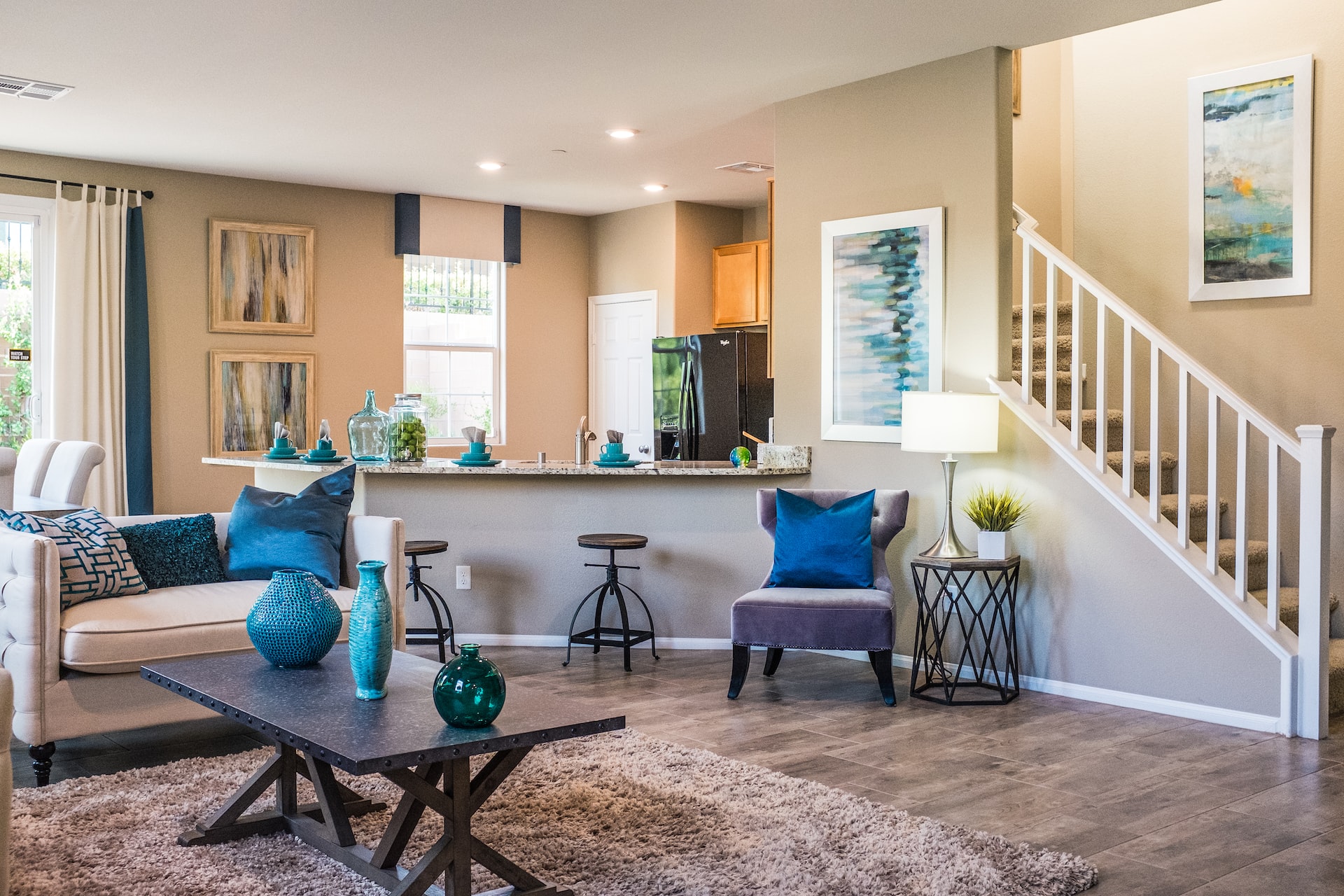Your home should be your comfort zone in which you can feel relaxed. You need to set a standard for every design component to guarantee a perfect space for you and your family. However, home lighting mistakes can be easily made. If you’re looking for apartments for rent in Bahrain, villas for rent in Bahrain, and a studio for rent in Bahrain, you need to know some basics to avoid breaking your home elegance.
It’s critical to have a lighting plan that can be adjusted from room to room because it sets the tone and atmospherics for the home’s exterior and interior.
In the end, lighting brings a space to life, making it more inviting, cosy, visually appealing, and comfortable.
Many people don’t think to include lighting in the planning stages of building their dream home or when they are planning to move, but it’s an essential element of the complete design.
A lighting design is an important consideration when selecting a style and blueprint for your new home.
Home Lighting Mistakes Affect Negatively
Well, let’s say: how many times have you found yourself wishing you could get out of a dimly lit room as quickly as possible?
This response only highlights the vital role that lighting plays in a home’s overall appearance and feel.
Here we will review some common mistakes you should avoid when placing home lighting. Let’s see.

1- Don’t Determine the Right Lighting Fixture
Chandeliers and pendant lights may be your favorite type of lighting.
It’s essential, however, that your “must-have” fixture is compatible with the space you have in mind.
An oversize hanging light would be out of place in a Great Room or living room that is small to medium in size; a too-small light fixture will be dwarfed by an area much more prominent and voluminous than the light fixture.
A simple solution is to measure everything you can get your hands on. That includes everything from the ceiling’s height to the room area to the furniture you’re considering purchasing to the light fixtures themselves.
Ask the showroom’s lighting expert for advice on appropriate fixtures for specific areas of your home if you’re unsure.
Decor inspiration, the latest technology, and the best lighting fixture for your space can be easy with the help of an expert.
2- Don’t Use Energy Efficient Bulbs
Looking at the bulbs you’re currently using is a good idea, even if you’re not entirely unaware of it.
CFL and LED bulbs are more expensive, but they can save you money in the long run. Keep in mind that they often don’t work with dimmers, so they’re not ideal for every situation. But it’s a great idea if you are thinking of transforming your space into an eco-friendly house.

3- Inefficient Lighting Source
A ceiling fan and light fixture are often the primary sources of light in large living rooms and master bedrooms.
Some areas of the room will be left dark if you solely rely on the light from the fan.
At the same time Installing recessed lights in an entire room may seem like an easy task, but it will ultimately fail.
That is a standard solution in many places, but it’s often insufficient. Task lighting, such as floor lamps and table lamps, can cause eye strain if you intend to relax on a couch while reading your favourite book. With only light in your bedroom, you won’t get the cozy feel that bedside lamps can bring to your space.
Layers of light can be used as a solution. Recessed lighting should be used in addition to the overhead light and around the room’s perimeter. It’s possible to set up reading lamps or pendant lights on either side of the bed and in living rooms.
4- Forget Dimmer Switches
It is a common home lighting mistake many designers refer to. But, listen to this advice said by a local interior designer, “dimmers are the best kept secret of lighting design.”
These lights can be set up from daytime through nighttime to suit your needs for various occasions or to suit your mood.
If your bedroom is lit up like a stadium, a quaint night is no longer quaint.
Important: If you’d like to go all out, here are some options. Lighting that highlights artwork, cabinet interiors, or walls (consider a sconce) can add a luxurious design element to a room.

5- Overlooking Small Spaces, A Common Home Lighting Mistakes
When it comes to lighting small spaces like powder rooms, pantries, and closets, they tend to overlook them. As in the case of bedroom lighting, the overhead light isn’t bright enough to illuminate the entire room, leaving some areas dim.
There are many options for lighting in today’s homes, where powder rooms and pantries and larders are typical features, as well as closets and laundry rooms.
When working with such constrained areas, pay attention to the tiniest of design details. Then, light up these areas with LED lights, wall sconces, and under-cabinet lights to create a more spacious and welcoming feel.
6- Forget Shallow’s Impact
Putting a light in the wrong place can make things worse rather than better.
For example, in the kitchen, shadows can be a problem.” Kitchen can lights should be placed above the counter so that when you work at the counter, you cast a shadow exactly where you need it,” that’s what a talented interior designer suggests.
Installing under-cabinet lighting is a simple solution to this issue.

7- Use All Lighting Sources in One Dimension
Using too few light layers can make a room appear cluttered and uninviting.
Please don’t overdo it or underdo it when it comes to lighting. The ambient, task and accent lighting can always be a brilliant solution. As a result, every room will be beautiful and functional if you use all three.
Lighting a room appears to be a simple task: Plug in a lamp, turn it on, and you’re done! Before, the area was dimly lit; now, it is bright.
Avoiding these missteps is a must unless you don’t want to stay in a dark, dreadful space, especially when you plan to design your bedrooms and family rooms.











